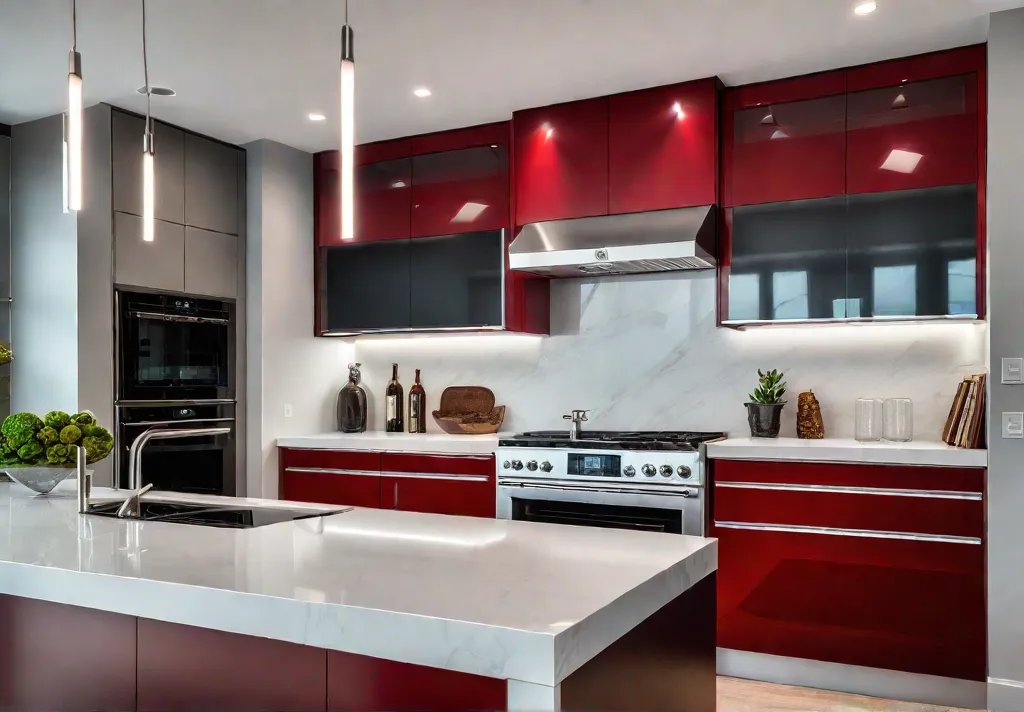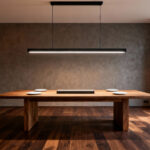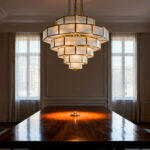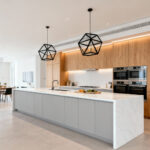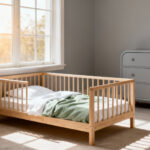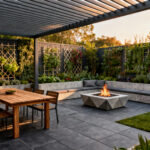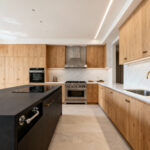Have you ever walked into a kitchen and felt an instant warmth and comfort, like being wrapped in a soft blanket? That cozy, lived-in feeling doesn’t come from cutting-edge appliances or stark modern lines. It’s all about the materials – the textures, tones, and organic elements that make the space feel like an extension of your soul.
While wood has long been the traditional choice for kitchen cabinets, today’s homeowners are venturing beyond the expected. From sleek laminates to rustic, reclaimed wood, the materials we choose for our cabinets set the foundation for the entire kitchen’s personality. So, let’s dive into the world of unique cabinet materials and explore how to craft a space that feels deeply personal, sustainable, and full of spirit.
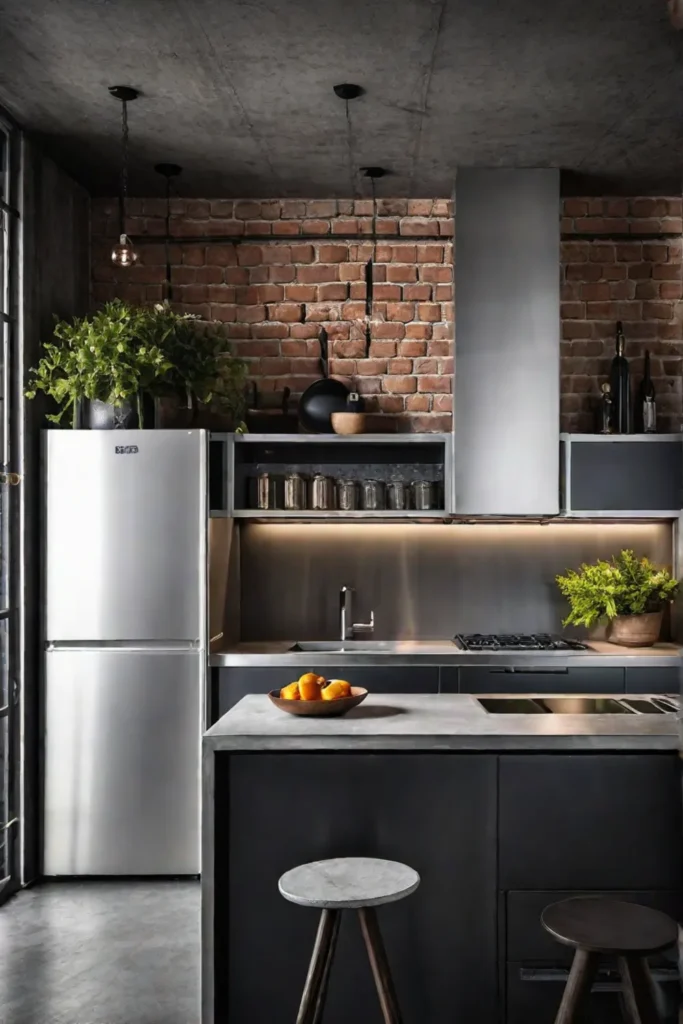
The Warmth of Wood
Although it may be a classic choice, wood remains a versatile and beloved material for those seeking to infuse their kitchens with natural warmth and character. There is a wide array of wood types to choose from, each offering its own distinct look and feel to complement various design styles.
The Timeless Appeal of Oak
Firstly, let’s explore the timeless appeal of oak. This sturdy hardwood boasts a tight, swirling grain pattern with rustic charm. From light, golden honey tones to deep, rich ambers, oak cabinets can effortlessly anchor a farmhouse-inspired kitchen. Emphatically durable and low-maintenance, oak is an enduring choice for high-traffic areas.
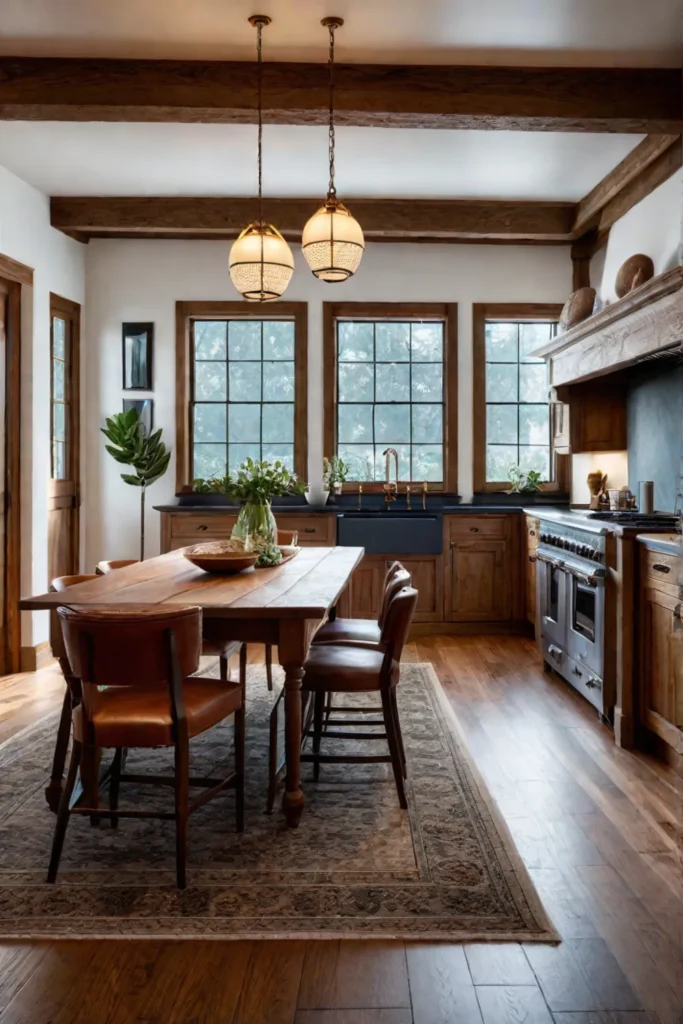
Unquestionably, oak’s versatility seamlessly allows it to blend with traditional and modern aesthetics. For instance, a sleek, contemporary kitchen can be softened with oak cabinets stained in a warm, mid-tone finish. Conversely, a more rustic look can be achieved by embracing oak’s natural knots and imperfections, coupled with distressed finishes or open shelving.
The Contemporary Allure of Maple
In contrast to oak’s rugged beauty, maple offers a clean, contemporary allure. This pale hardwood features a subtle, straight grain and a uniform appearance that resembles modern, minimalist designs. Maple’s light, airy tone can visually expand a small kitchen, making it feel bright and open.
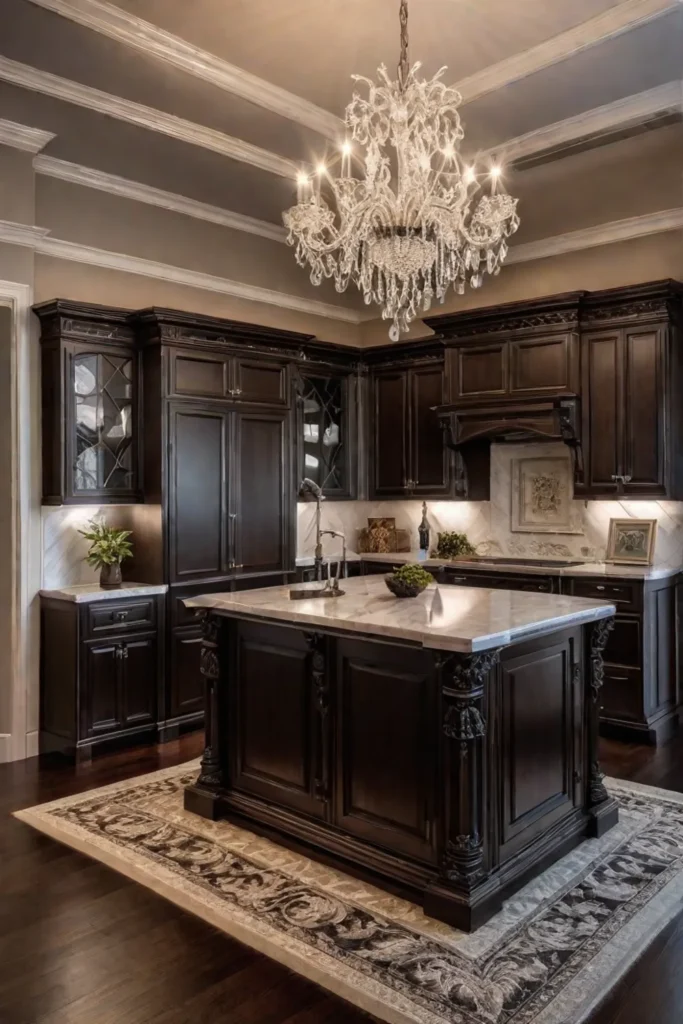
Additionally, maple’s smooth surface provides the perfect canvas for bold pops of color or unique hardware choices. For those looking more dramatic, maple cabinets can be stained in deeper, richer tones like espresso or charcoal. Altogether, maple’s versatility and adaptability make it a compelling choice for homeowners who appreciate a sleek, sophisticated aesthetic.
The Luxurious Warmth of Cherry
Undoubtedly, cherry wood exudes a luxurious warmth that can transform a kitchen into a cozy sanctuary; with its rich, reddish-brown hue and distinct grain pattern, cherry cabinets radiate elegance and depth. This hardwood is particularly well-suited for traditional or transitional kitchen designs, where it can be paired with ornate details or classic styling.
Furthermore, cherry’s natural luster and smooth texture lend themselves beautifully to glazed or distressed finishes, allowing homeowners to achieve a custom, aged look. Emphatically, cherry cabinets can serve as the stunning centerpiece of a kitchen, providing a warm, inviting ambiance that welcomes family gatherings and intimate dinner parties.
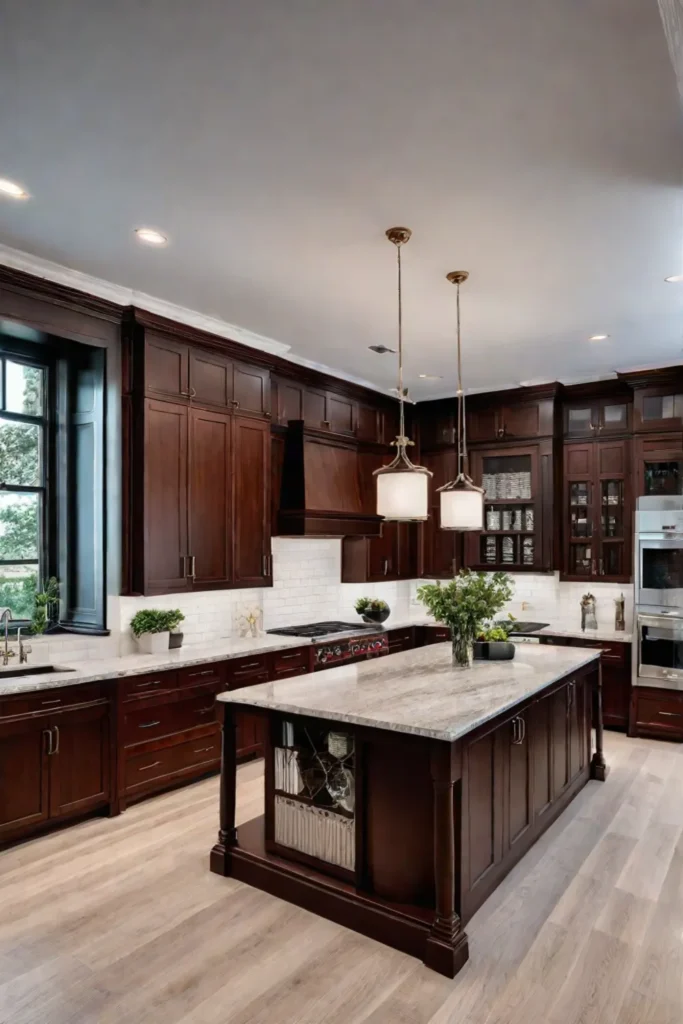
The beauty of wood lies in its ability to tell a story through its unique grain patterns, tones, and textures. Whether you prefer the rustic charm of oak, the contemporary sleekness of maple, or the luxurious warmth of cherry, there is a wood type that can perfectly capture the essence of your dream kitchen.
The Versatility of MDF
While solid wood has long been the traditional choice for kitchen cabinets, Medium-Density Fiberboard (MDF) has emerged as a versatile and cost-effective alternative. Essentially, MDF is an engineered wood product made from wood fibers and resin, offering a smooth, consistent surface that can be easily painted or laminated to mimic the look of natural wood.
Affordability and Design Flexibility
One of MDF’s primary advantages is its affordability. Compared to solid hardwoods, MDF cabinets can be a budget-friendly option for homeowners looking to achieve a high-end aesthetic without breaking the bank. Additionally, MDF’s uniform composition allows for greater design flexibility, as it can be easily cut and shaped to fit various cabinet styles and configurations.
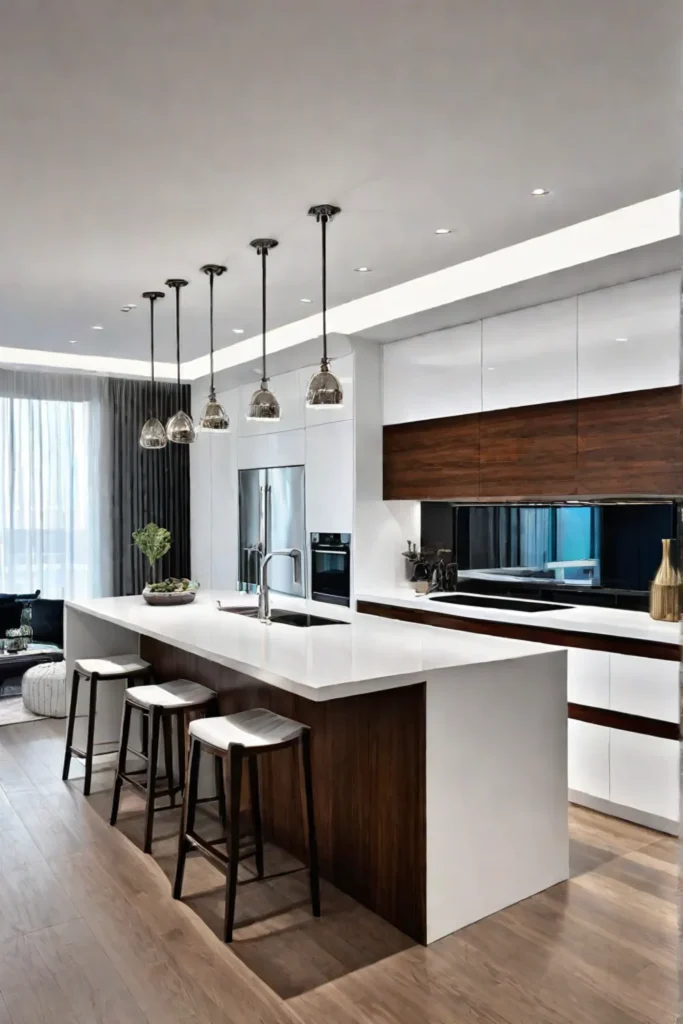
Furthermore, MDF’s smooth surface provides the perfect canvas for creative finishes and personalization. Whether you envision sleek, glossy cabinets in a bold hue or a rustic, distressed look achieved through specialized painting techniques, MDF offers endless possibilities for self-expression.
Moisture Resistance and Sustainability
While MDF is generally more susceptible to moisture damage than solid wood, advancements in manufacturing have led to the development of moisture-resistant MDF options. These specialized boards are ideal for high-humidity areas like bathrooms or kitchens, where frequent cooking and cleaning are performed.
Moreover, as an engineered wood product, MDF is often touted as a more sustainable choice compared to solid hardwoods. MDF cabinets can offer an eco-friendly alternative for environmentally conscious homeowners by utilizing wood fibers and recycled materials in its production.
In summary, MDF’s versatility, affordability, and design flexibility make it a compelling choice for those seeking to create a unique, personalized kitchen without compromising quality or style. With the right finishes and maintenance, MDF cabinets can seamlessly blend into any design aesthetic, from modern minimalism to rustic charm.
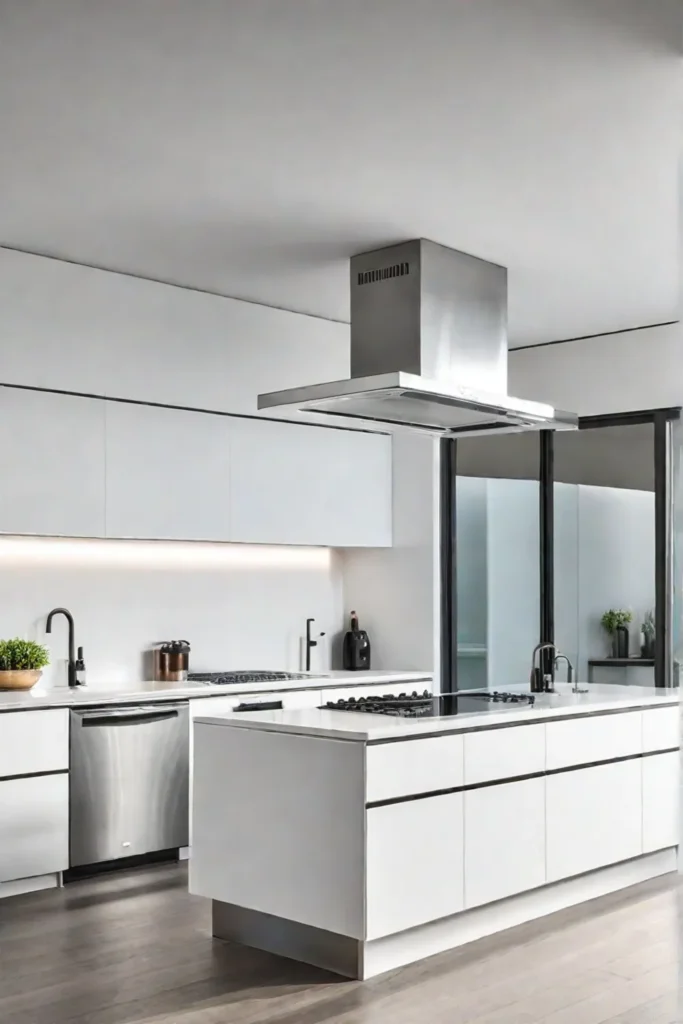
The Durability of Thermofoil
For homeowners seeking a low-maintenance, durable solution for their kitchen cabinets, thermofoil is an increasingly popular choice. This sleek, vinyl-based material is heat-pressed onto a substrate, creating a smooth, seamless surface that is aesthetically pleasing and highly resistant to wear and tear.
Easy Care and Endless Possibilities
One of the primary advantages of thermofoil cabinets is their ease of maintenance. Unlike wood or laminate surfaces, thermofoil is non-porous and impervious to moisture, making it incredibly easy to clean and resistant to stains, scratches, and everyday wear and tear. This durability makes thermofoil an excellent choice for high-traffic kitchens or households with young children.

Equally important, thermofoil offers a wide range of color and pattern options, allowing homeowners to achieve virtually any desired aesthetic. From rich, woodgrain textures to bold, solid hues or even sleek, glossy finishes, thermofoil can be tailored to complement any kitchen design style.
Sustainability and Long-Term Value
While thermofoil is not a natural material, its durability and longevity can contribute to its sustainability. Thermofoil cabinets can help minimize waste and environmental impact over time by reducing the need for frequent cabinet replacements or repairs.
Moreover, the long-lasting nature of thermofoil can translate into increased value for homeowners. With proper care and maintenance, thermofoil cabinets can retain their like-new appearance for years, potentially increasing a home’s resale value.
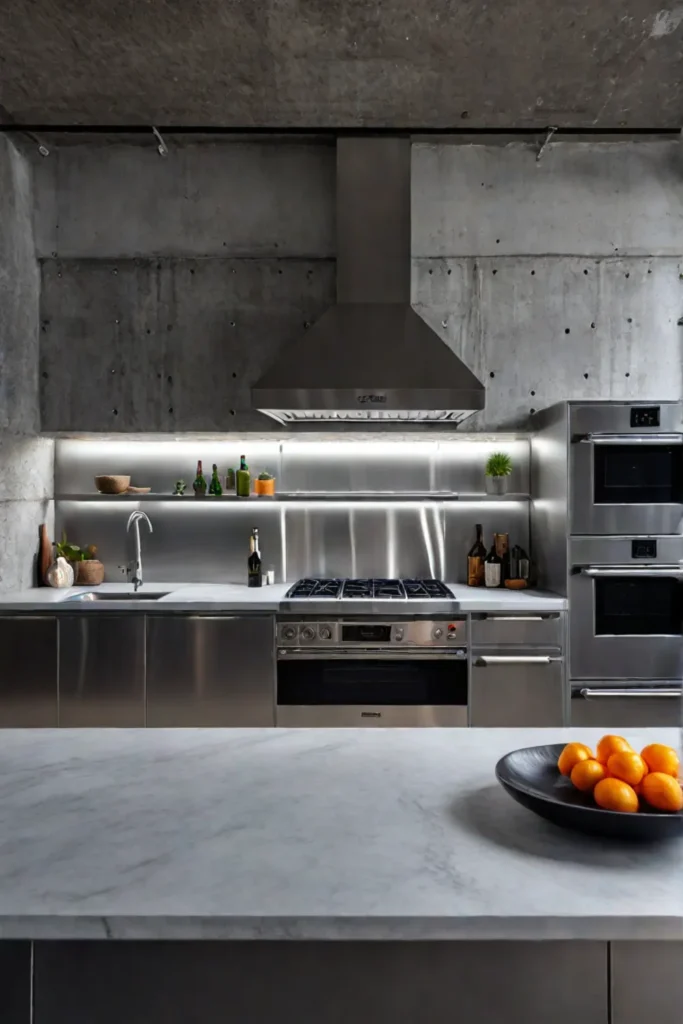
In essence, thermofoil offers a unique combination of low-maintenance durability and design versatility, making it a compelling choice for modern homeowners seeking a practical yet stylish solution for their kitchen cabinets.
The Timeless Elegance of Laminates
Laminate cabinets have long been a popular choice in kitchen design for those seeking a balance of affordability, durability, and aesthetic appeal. This engineered material consists of a thin, decorative layer bonded to a substrate, offering various patterns, colors, and finishes to suit any style preference.
Endless Design Possibilities
One of the most significant advantages of laminate cabinets is the sheer variety of design options available. From sleek, solid colors to intricate woodgrain patterns or even textured finishes, laminates can mimic the look of natural materials while offering a more cost-effective and low-maintenance solution.
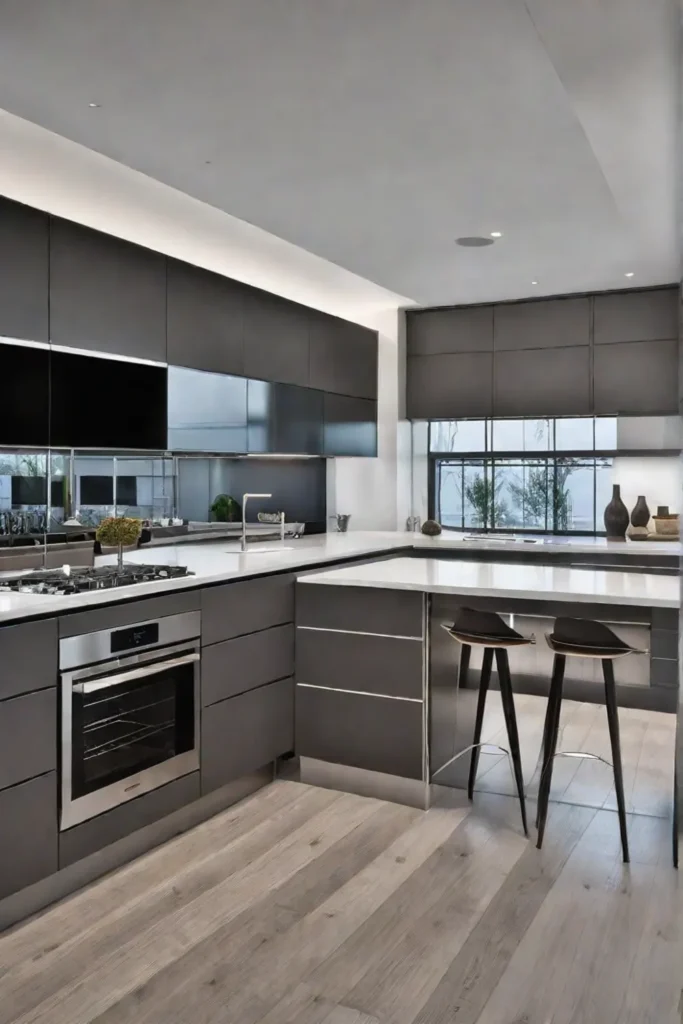
Furthermore, advancements in laminate technology have led to the development of highly realistic and visually stunning options, such as those that emulate the appearance of stone, concrete, or even metallic surfaces. This versatility allows homeowners to create unique, personalized kitchen spaces that reflect their style and personality.
Durability and Easy Maintenance
In addition to their aesthetic appeal, laminate cabinets are renowned for their durability and ease of maintenance. The non-porous surface of laminates makes them resistant to moisture, stains, and scratches, ensuring a long-lasting, like-new appearance with minimal upkeep.
Laminate cabinets can provide peace of mind for busy households or those with an active lifestyle. Spills and everyday wear and tear can be easily wiped away without damaging the surface. This low-maintenance aspect can be particularly appealing for homeowners seeking a practical and hassle-free solution for their kitchen cabinetry.
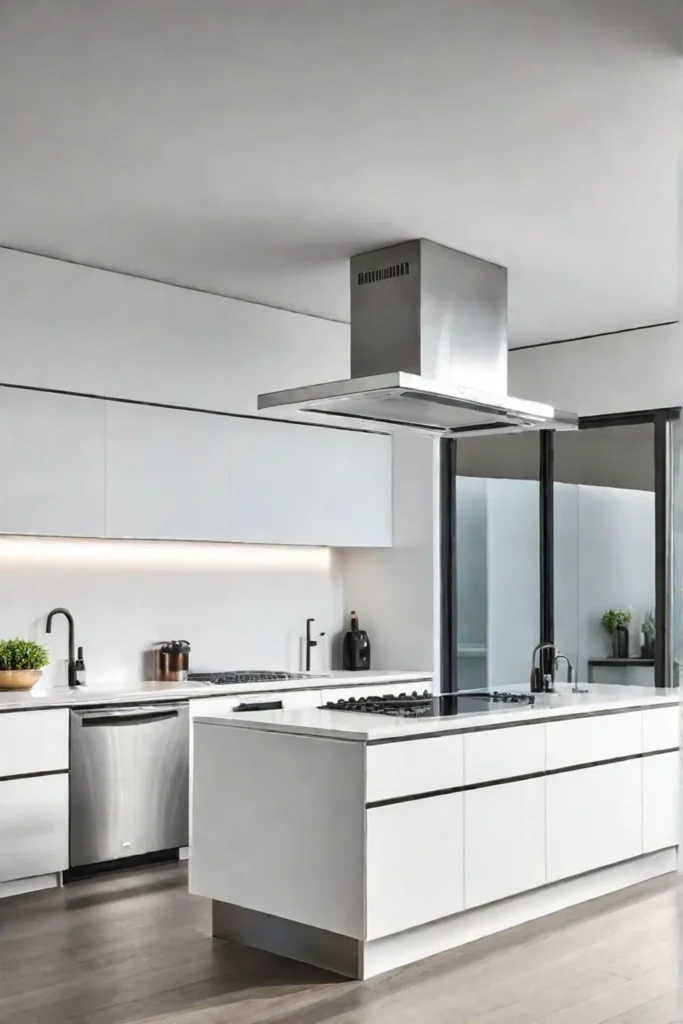
Ultimately, laminate cabinets offer a unique blend of affordability, durability, and design versatility, making them a timeless choice for homeowners seeking to create a stylish and functional kitchen space that stands the test of time.
Conclusion
As you create your dream kitchen, remember that the materials you choose for your cabinets will set the foundation for the entire space’s personality and ambiance. Whether you opt for natural wood’s warmth and character, MDF’s affordability and versatility, the durability of thermofoil, or the timeless elegance of laminates, each material offers unique benefits and design possibilities.

Ultimately, the key to crafting a truly soulful kitchen lies in selecting materials that resonate with your style, lifestyle, and vision for the space. By embracing unique and unexpected materials, you can infuse your kitchen with a sense of individuality and create a space that feels like a true extension of your authentic self.
So, as you explore the world of cabinet materials, allow yourself to be inspired by the textures, tones, and organic elements that speak to your soul. Embrace the opportunity to create a kitchen that nourishes your body and feeds your spirit, inviting you to slow down savor the moment, and bask in the warmth and comfort of a space that truly feels like home.
